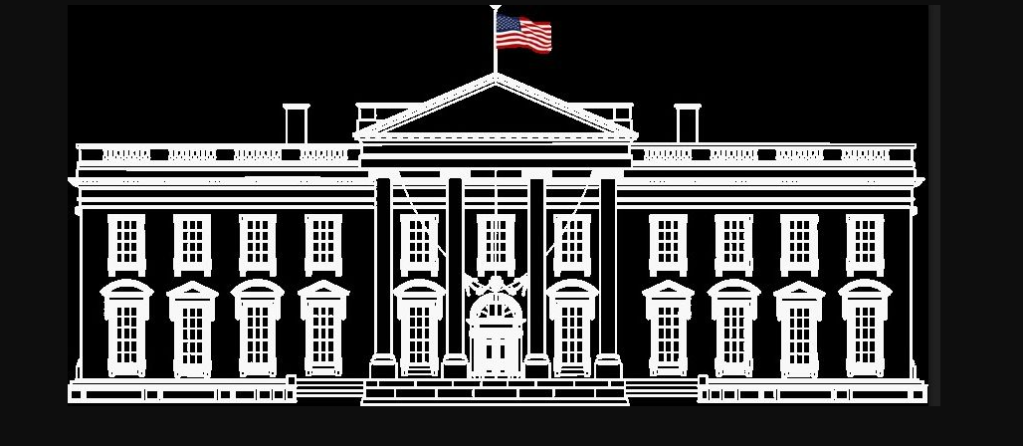by Dennis Crouch
Two executive orders issued by President Trump on January 20, 2025, may present significant challenges for the USPTO's operations. The first order mandates a return to in-person work across federal agencies, while the second implements a broad federal hiring freeze. Although the outcome is still unclear, these directives could substantially impact the USPTO's approximately 13,000 remote workers, most of whom are patent examiners, and potentially disrupt the office's plans to expand its examining corps to address growing application backlogs and increasing pendency.
USPTO officials will likely be seeking exemptions, but the sheer number of USPTO remote workers may well undermine the administration's broader return-to-office messaging if left unreduced.
To continue reading, become a Patently-O member. Already a member? Simply log in to access the full post.
